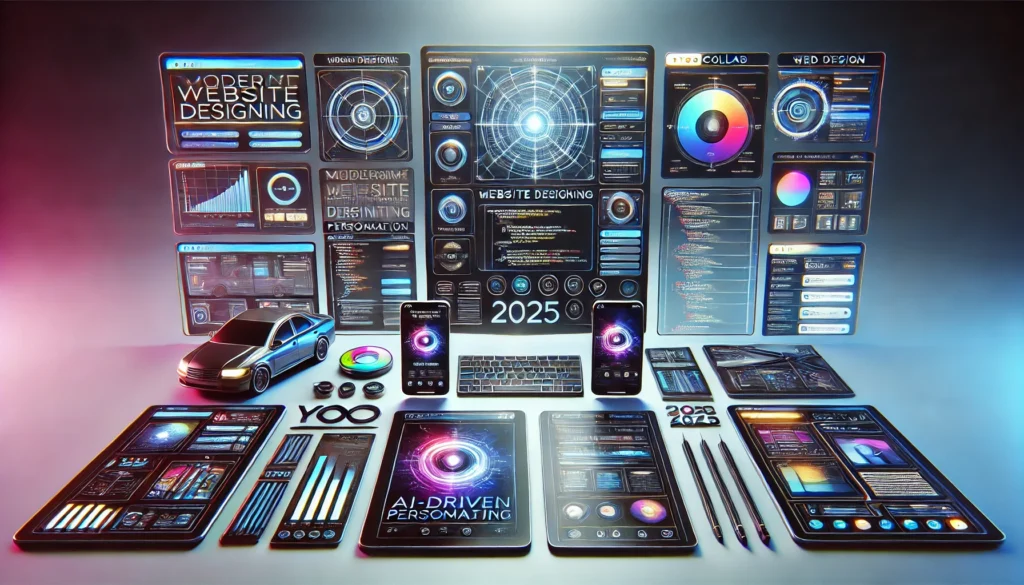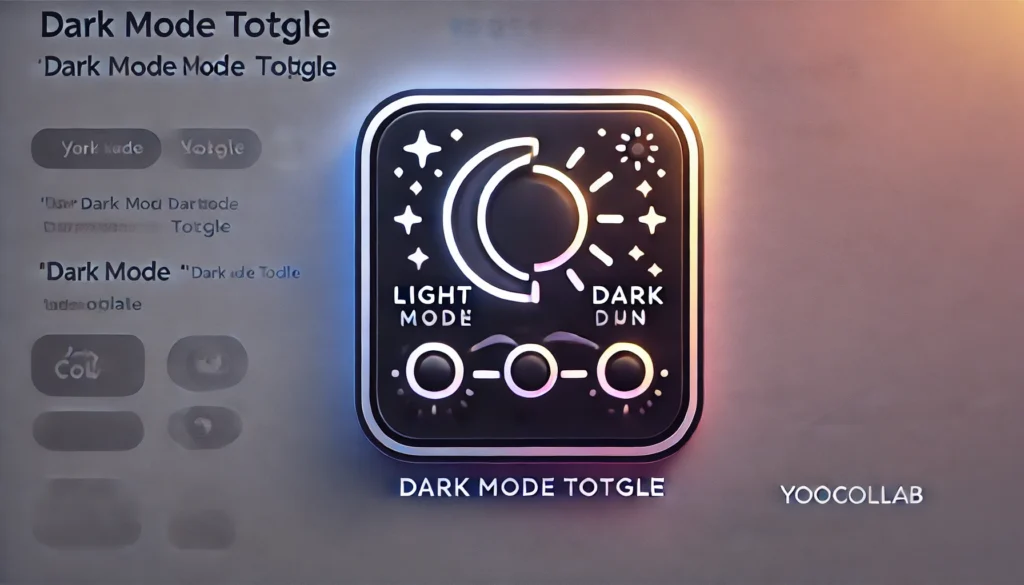Web design is like fashion — it constantly changes with the times. And as we step into 2025, the trends, technologies, and expectations have shifted dramatically. If you want your website to attract visitors and keep them engaged, it’s crucial to understand the new rules of website design in 2025.
In this blog, we’ll go over the key principles that define modern websites, from AI-driven personalization to immersive user experiences, all explained in a casual, friendly tone.
1. AI-Powered Personalization: Websites That Feel Like Home
Artificial Intelligence (AI) is no longer just for sci-fi movies. In 2025, websites use AI to deliver personalized experiences that feel tailored to each visitor.
- Smart Chatbots: These bots don’t just answer FAQs anymore; they offer personalized advice, product suggestions, and real-time help.
- Adaptive Content: Sites can now adjust images, text, and offers based on past behavior.
Example: Imagine visiting an online store and seeing product recommendations that match your style. According to HubSpot, personalized experiences can increase engagement by 80%.
2. Minimalist Design with a Playful Twist

Clean, simple layouts are still in, but now with a touch of fun.
- Clean backgrounds and generous spacing
- Large, bold text that makes a statement
- Playful animations that surprise and delight users
Tip: Less clutter = more focus. People appreciate websites that are easy to navigate without unnecessary distractions.
3. Voice Navigation: Talk to Your Website
As smart speakers and voice assistants grow more popular, websites are starting to listen — literally.

- Voice Search: Users can find content just by asking.
- Accessibility: Voice navigation helps those with visual impairments interact with ease.
Stat: Statista reports that voice commerce will hit $40 billion by 2025. Don’t miss out!
4. Sustainable Web Design: Because the Planet Matters
Being eco-conscious isn’t just cool — it’s essential. Websites are getting greener by minimizing their energy consumption.
- Lean Coding: Efficient code loads faster and uses less energy.
- Green Hosting: Hosting providers powered by renewable energy are now mainstream.
Check it out: Use Website Carbon Calculator to see your site’s environmental impact.
5. Mobile-First Design: Phones Come First
More than half of all web traffic now comes from mobile devices, so if your site isn’t mobile-friendly, you’re already behind.
- Responsive Design: Content adjusts automatically to different screen sizes.
- Thumb-Friendly Buttons: Big buttons make tapping easier on small screens.
Pro Tip: Google ranks mobile-friendly sites higher in search results, which helps your SEO game.
6. AR and VR: Interactive Experiences That Wow
Augmented Reality (AR) and Virtual Reality (VR) aren’t just for gamers anymore.
- Virtual Showrooms: See how furniture looks in your living room.
- Immersive Tours: Walk through properties without leaving your couch.
Example: Fashion sites use AR to let shoppers ‘try on’ clothes virtually.
7. Accessibility: Everyone Should Be Invited
An accessible website isn’t just good practice — it’s a must.
- Screen Reader Compatibility: Use clear headings and descriptive alt text.
- Contrast and Readability: Make sure the text stands out against its background.
- Keyboard Navigation: Let users navigate without a mouse.
Helpful Guide: Follow the WCAG guidelines for accessibility best practices.
8. Micro-Interactions: Small Details, Big Impact
Ever clicked a button and seen a fun little animation? That’s a micro-interaction.
- Hover Effects: Text or images change when hovered over.
- Loading Animations: Entertaining visuals during load times keeps visitors engaged.
Why it matters: These tiny touches make websites feel more responsive and alive.
9. Dark Mode & Customizable Themes
Dark mode isn’t just trendy; it’s practical for reducing eye strain.
- Dark Mode Toggle: Let users choose their preferred theme.
- Customizable Themes: Give visitors control over the site’s look and feel.

Cool Fact: TechCrunch found that apps with dark mode experience longer engagement times.
10. Seamless Integrations: Make Life Easier
Modern websites don’t live in isolation. Integrations with other tools are essential.
- Payment Gateways: Offer smooth checkouts with services like Stripe or PayPal.
- Social Logins: Let users sign in with their Google or Facebook accounts.
Pro Tip: Integrations simplify user interactions, which means happier customers.
Conclusion:
The future of website designing in 2025 is all about creating experiences that are personalized, accessible, and fun. From AI-driven content to sustainable practices, staying updated with these trends will help your website stand out.
Need a team that can handle these updates for you?
That’s where Yoocollab comes in.
At Yoocollab, we offer expert outstaffing and outsourcing services to support your web development projects. Our talented professionals stay on top of industry trends, ensuring your website is both innovative and functional.
Contact us to discuss your project and discover how we can help you craft a standout website for 2025 and beyond!
Let’s build something amazing together.

